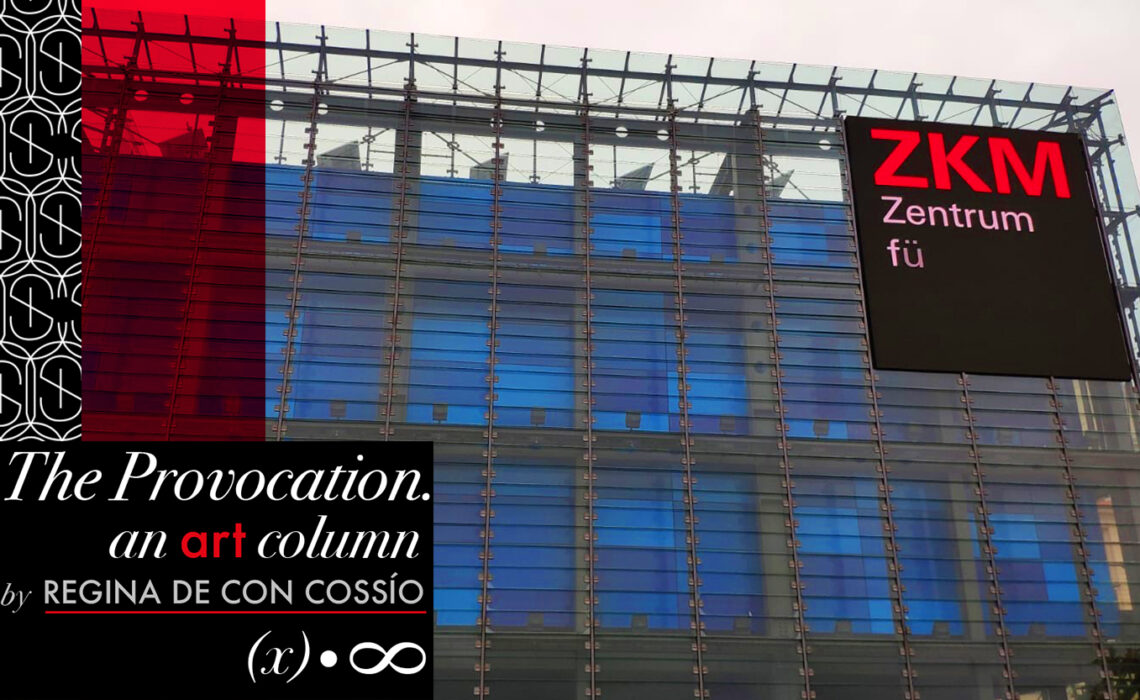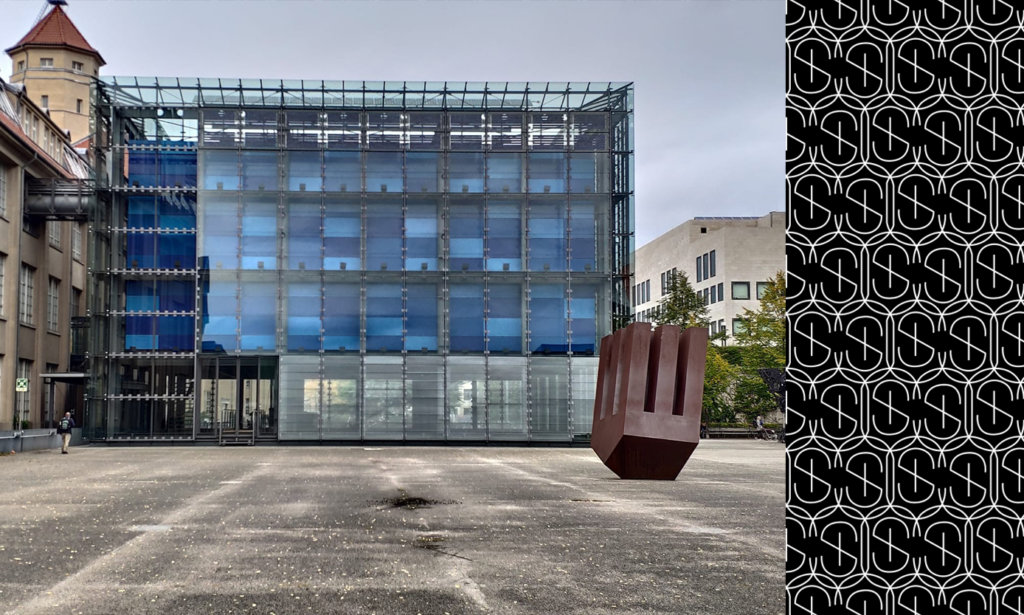
Old World, New Art
The rise of technology
With the raise of new mediums to produce artworks like digital arts, computer graphics, robotics, among others, comes a change as well in the ways of display and a challenge for the eyes of the observers to find new ways of interaction. Ways of seeing, like John Berger would say.
Since the rise of third Revolution, what Daniel Bell forecasted back in the seventies, transformations in the artworks and the art market keep going on and on. We can see that now in the production and the consumption at the same time. From galleries, to Museums; from artist to collectors, there is no turnover.
Yet, what today seems like evident, was for few more than 50 years ago a path to discover; and one that was almost empty. It is my intention to turn the attention to 3 visionary institutions, located in the “old world” that understood that the relation between art and technology was certainly worth the research and the risk to invest because it was the way to produce “new art”.
One: The ZKM in Karlsruhe, Germany
Founded in 1989, the ZKM Center for Media and Arts has housed more of the risky art projects and collected some digital arts, before no one did. Located in a small town in Germany, the Center is a hot spot for those who want to see avant- garde exhibitions and simply join the digital conversation. Focused on technology and innovation, and celebrating their 30 anniversary, the German Institution is also associated also with the Karlsruhe University of Arts and Design, with a strong focus on media, digitzation and globalization.
Two: L´Atelier des Lumiers in Paris, France
When the brothers Lumiere claim their selves in 1895, to be the first filmmakers in the history, many thought they were mad! When they claimed, cinema was art, the fire burnt even more. Can someone deny today the status quo of the seventh art? Well, the history seems to repeat when it comes to French visionaries. Launched in 2018 as the first Digital Art Center, with an exhibition about Gustave Klimt, the Atelier des Lumiers is certainly a reference on how technology can create new mediums and expand horizons.
Three: Ars Electronica in Linz, Austria
A research center, a festival, a museum, Ars Electronica is likely to be a hybrid institution with an eye on the important aspects when it comes to innovation. They have been analyzing since 1979 the digital revolution. “The focus is always on current developments and possible future scenarios and the questions of how this will change our lives”. All about, art and technology, but also a community with strong social focus, they have turn out an industrial city into a cultural one.




